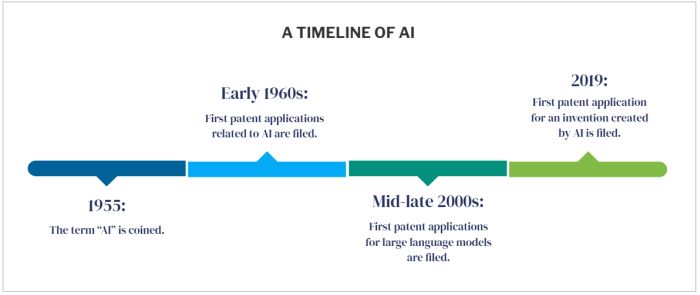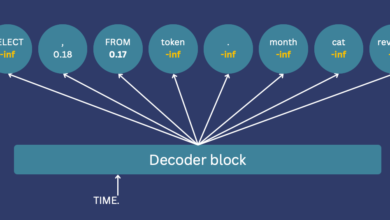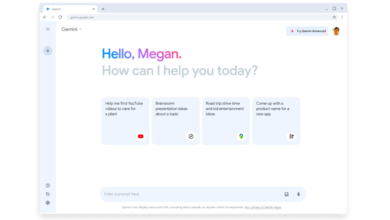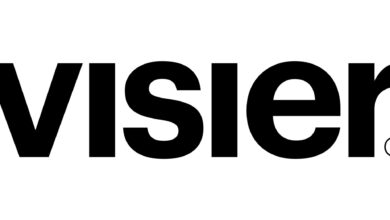Canada – Patent – Generative AI And IP: Challenges In Protecting And Using GenAI Tools

“ARTIFICIAL INTELLIGENCE” (AI) was the most searched topic on Wikipedia in 2023. Dictionary publisher Collins dubbed AI the most notable word of the year…
Canada
Intellectual Property
To print this article, all you need is to be registered or login on Mondaq.com.
“ARTIFICIAL INTELLIGENCE” (AI) was the most searched
topic on Wikipedia in 2023. Dictionary publisher Collins dubbed AI
the most notable word of the year, and millions of ordinary people
gained direct access to sophisticated AI products through ChatGPT,
Midjourney, and other generative AI tools. Given the close
relationship between intellectual property (IP) rights and
technology, it comes as no surprise that AI is rapidly shaking up
the world of IP.
AI, however, is not new. The earliest patents relating to neural
networks, an AI method of processing data in a manner inspired by
the structure of the human brain, date back to the 1960s. Other AI
technologies, including computer vision (the identification of
objects in images and videos by computers) and natural language
processing, have been widely discussed in scientific publications
and patents for more than 50 years. According to a study by the
World Intellectual Property Office, between 1960 and 2018, 340,000
originating patent applications relating to AI inventions were
filed.
The focus of these patent applications has evolved over the
years, but the number of patent applications related to AI has
steadily increased. The majority of AI technology today involves
the use of models trained to categorize inputs into two or more
classes. These models are derived by analyzing patterns in
historical data sets and are then used to provide output
predictions by classifying a specific set of inputs. Though these
models have been refined over the years and can now make
predictions with lower error rates and based on very large data
sets, at their core, they are fundamentally very similar to the
models and algorithms first described by AI pioneers more than 50
years ago.

The latest AI boom, however, has increased access to these
models, allowing almost anyone to make use of these models with
minimal training. This has led to the proliferation of new business
offerings for services or products and a corresponding rise in AI
companies seeking patent protection for the application of AI
concepts to a wide range of technical, business, and other
problems. While some of these services are commercially valuable
and fill real gaps in the market, they may not always be
patentable. The criteria for patentability have not changed. An
invention must still be new and inventive to be patentable.
Furthermore, an invention must be described in a patent application
with sufficient detail to enable an ordinary technologist in the
field to understand and make use of it. In many cases, inventors do
not understand the models created with AI tools to sufficiently
explain how they work.
The ongoing democratization of AI tools has led to a shift in
the standard for patenting inventions that incorporate AI. Until
recently, it was typically possible to obtain a patent for a new
application of existing AI models to solve a new problem. However,
as ever-more sophisticated AI models and larger data sets become
ubiquitous, obtaining valuable patent protection merely for
applying AI techniques in a new area is more difficult. In general,
it is much easier to obtain a valuable patent for an invention that
involves an inventive, unconventional, or unexpected approach to,
for example, collecting or organizing a data set particularly
suited for making a specific tool or developing a new AI model,
which is often a refinement of an existing model.
While the underlying AI technology has been under development
for decades, the increasing availability of computing power through
both individual users’ computers and distributed computing
networks and extremely large data sets has led to the widespread
availability of large language models and other generative AI
tools. Generative AI includes algorithms that can create new
content based on training data and user prompts. These technologies
pose new IP challenges for users.
In Canada and around the world, whether the use of data to train
a generative AI model is a fair use of that data remains unclear.
Similarly, whether the output of a generative AI tool can infringe
copyright or other IP rights in the data that was used to train the
tools and what legal tests will be used to assess such an
infringement are unclear. There is often little information on the
training sets used to train the models and whether they could
include content to which IP rights attach. Then, there is also the
question of whether a generative AI model could generate the same
content multiple times in response to different inputs and whether
this could be problematic if used by different individuals. The law
is slowly adapting to these new realities as cases arise.
The rise of large language models (LLMs) has also led to the
creation of tools that will disrupt how IP firms operate. Several
AI-powered tools for drafting documents such as patent
applications, for example, have been launched in the past few
years, and many of these tools are accessible to the public. At
present, these tools can deliver only very rudimentary patent
applications of limited scope. Their output still requires
substantial revision by experienced practitioners to produce a
valuable patent application. However, given the rapid rate of
development of LLMs, in just a few years, these tools may well be
capable of generating work that, at least at first blush, appears
to have all the hallmarks of a high-quality patent application.
These tools are constrained by both the relevance of their
training data to the drafting task at hand and the extent to which
the tools can extrapolate from that training data to produce a
description of new and inventive technology. For individuals or
companies seeking to reduce costs or to rapidly build large patent
portfolios, these tools could provide an appealing alternative to
traditional law firms. However, overreliance on the tools may
introduce substantial risk that the ultimate rights obtained will
be narrow and easily designed around. Our experiments with these
tools indicate that while the output they generate superficially
complies with legal requirements for patent applications, the
applications are narrow and of limited value. However, the
differences between a document generated by these tools and a
document prepared by an experienced practitioner may not be
immediately perceptible to a layperson.
Generative AI tools can provide substantial efficiency and
reduced costs when used for appropriate tasks and with good inputs.
For example, tools for assessing examination reports and preparing
first drafts to respond to objections in those reports are
increasingly well developed and useful. Continuing investments will
undoubtedly produce IP prosecution tools that will be a welcome
addition to the toolbox for IP attorneys, freeing up time for
strategy and analytical tasks that cannot (at least not yet) be
accomplished by AI tools.
Originally Published by Lexpert Business of Law
The content of this article is intended to provide a general
guide to the subject matter. Specialist advice should be sought
about your specific circumstances.



